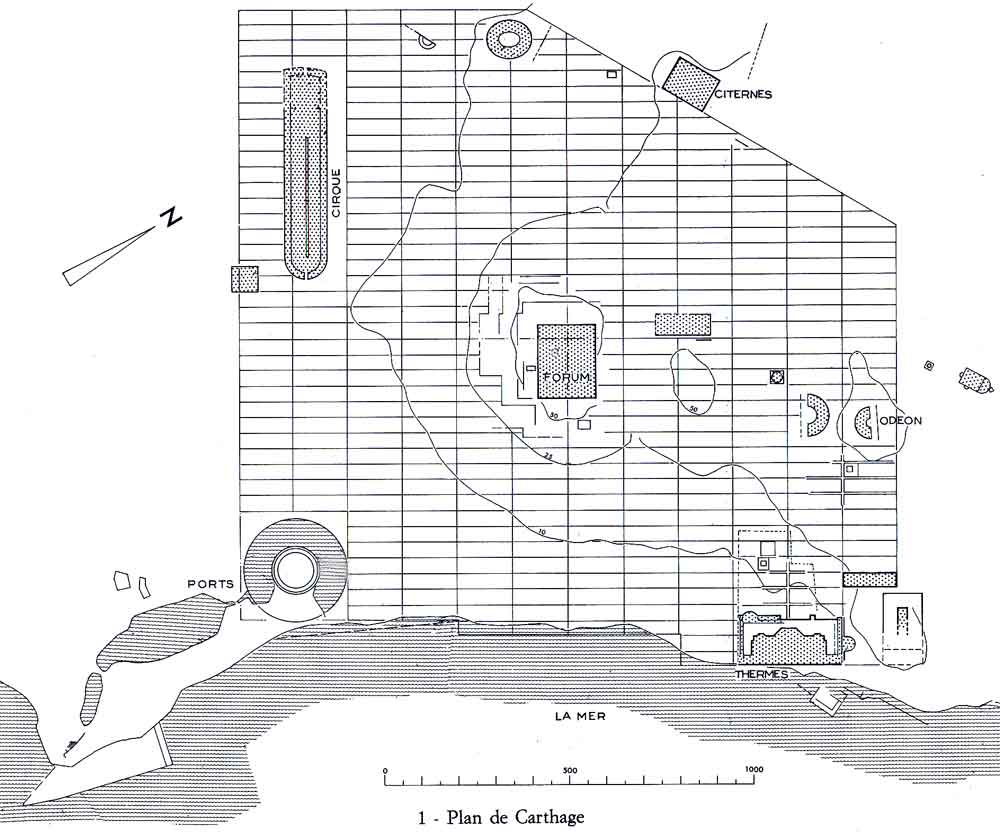|
Lilybaeum Stele
The Lilybaeum stele is a notable Phoenician gravestone stele found in Sicily and first published in 1882. The stele was published in the Corpus Inscriptionum Semiticarum, having been supplied to Renan by Count Francesco Hernandez di Carrera. It measures 0.37 x 0.22 m and is made from white calcareous stone. It was found in Marsala (Roman Lilybaeum), in an area known as ''il Timpone di S. Antonio''. It is currently in the Antonino Salinas Regional Archeological Museum in Palermo. Inscription The inscriptions is known as Kanaanäische und Aramäische Inschriften, KAI 63 and CIS I 138. It is a standard Punic votive inscriptions, Punic votive inscription, dedicated to Baal Hammon by Hanno, son of Adonbaal: Design The stele shows some important Phoenician religious symbols. These symbols include symbols of Tanit (Sign of Tanit) and Baal Hammon (a crescent and a disc), Caduceus, an incense burner and a Priest spreads his right hand up (a position related with the cult of Tanit), ... [...More Info...] [...Related Items...] OR: [Wikipedia] [Google] [Baidu] |
Carthago Exhibition - Stela With Cultic Scene & Votive Inscription (49340901392)
Roman Carthage was an important city in ancient Rome, located in Carthage (municipality), modern-day Tunisia. Approximately 100 years after the destruction of Ancient Carthage, Punic Carthage in 146 BC, a new city of the same name (Latin '':wikt:Carthago#Latin, Carthāgō'') was built on the same land by the Roman Republic, Romans in the period from 49 to 44 BC. By the 3rd century, Carthage had developed into one of the largest cities of the Roman Empire, with a population of several hundred thousand.Likely the fourth city in terms of population during the imperial period, following Rome, Alexandria and Antioch, in the 4th century also surpassed by Constantinople; also of comparable size were Ephesus, Smyrna and Pergamum. Stanley D. Brunn, Maureen Hays-Mitchell, Donald J. Zeigler (eds.), ''Cities of the World: World Regional Urban Development'', Rowman & Littlefield, 2012p. 27/ref> It was the center of the Roman province of Africa Province, Roman Empire, Africa, which was a major ... [...More Info...] [...Related Items...] OR: [Wikipedia] [Google] [Baidu] |
